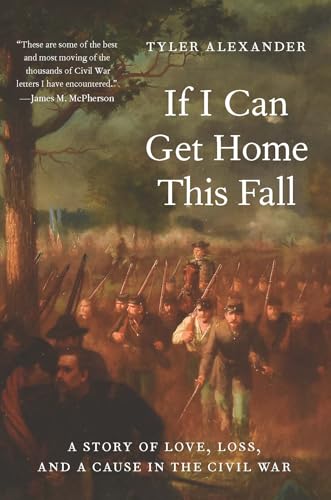
After the Civil War
by James I. Robertson
"The Heroes, Villains, Soldiers, and Civilians Who Changed America"
Popularity
4.71 / 5
* A book's popularity is determined by how it compares to all other books on this website.
Where to buy?
Buy from Amazon* If you buy this book through the link above, we may receive a small commission at no extra cost to you.
After the Civil War by James I. Robertson
Details
War:
American Civil War
Perspective:
Civilian
True Story:
Yes
Biography:
No
Region:
North America
Page Count:
404
Published Date:
2015
ISBN13:
9781426215629
Description
Main Themes and Topics
After the Civil War by James I. Robertson delves into the intricate period of American history following the Civil War, a time often referred to as Reconstruction. The book explores the complex dynamics that defined this era, highlighting the personalities and forces that played crucial roles in shaping the nation. Robertson focuses on seventy key figures who influenced the social, political, and cultural landscape of America during this transitional period. From military leaders like William Tecumseh Sherman to spies such as Elizabeth Van Lew and influential artists like Thomas Nast, the book offers a comprehensive overview of the diverse characters who contributed to the remolding of American society.
Writing Style and Tone
James I. Robertson writes with a compelling narrative style that combines thorough research with engaging storytelling. His tone is both informative and accessible, making the complex historical details comprehensible to a wide audience. Robertson's ability to weave together personal anecdotes and broader historical contexts provides readers with a nuanced understanding of the period. The prose is crisp and vivid, bringing to life the figures and events that played pivotal roles during the Reconstruction era.
Criticism
While After the Civil War is widely appreciated for its detailed profiles and engaging narrative, some critics have pointed out that the breadth of the book occasionally comes at the expense of depth. The challenge with covering seventy figures is that not every profile can delve deeply into the complexities of each individual's contributions. Some readers may wish for more exhaustive accounts of particularly significant characters. However, this criticism is minor when weighed against the book's overall achievement in presenting a comprehensive portrait of post-Civil War America.
Brief Summary (no spoilers)
In After the Civil War, James I. Robertson examines the period of Reconstruction through the lens of seventy influential individuals. The book spans a diverse array of personalities, including military leaders, politicians, activists, and cultural figures, each of whom played a role in shaping the new United States. Robertson provides insights into their lives and contributions, offering readers a broad and insightful view of a country in the throes of rebuilding and transformation. As the nation grappled with the challenges of unity and identity, these figures left indelible marks on its history, helping to usher in a new era.









